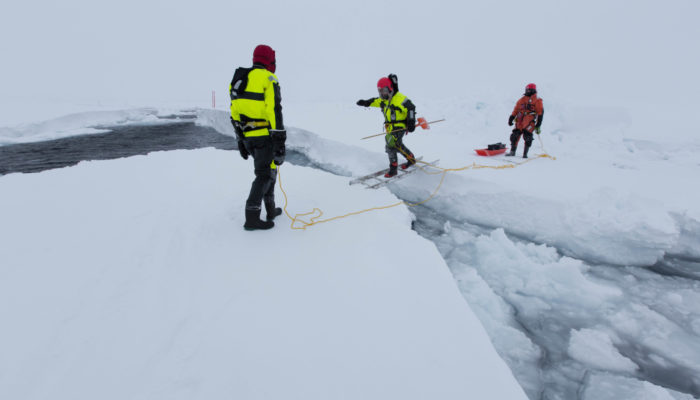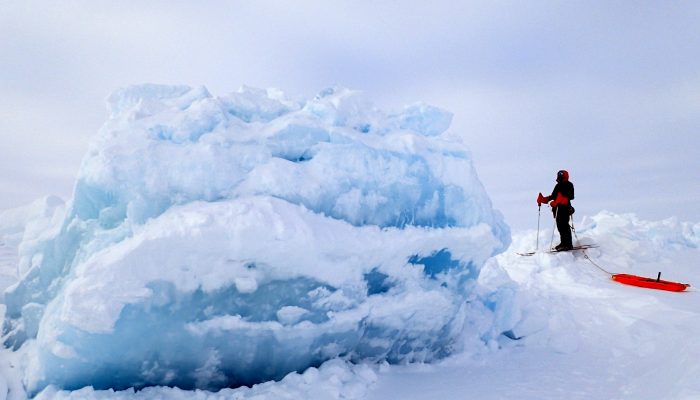The increase in air and water temperature due to climate change drives the retreat in the Arctic sea-ice cover. During summer, when sunlight reaches the Arctic, the absorption of heat by the dark ocean water enhances the sea-ice melt through the ice-albedo feedback. During winter, when sunlight does not reach the Arctic, another feedback is at work, as storms enhance the energy transfer between ai ...[Read More]
Did you know? – Storms can make Arctic sea ice disappear even faster



